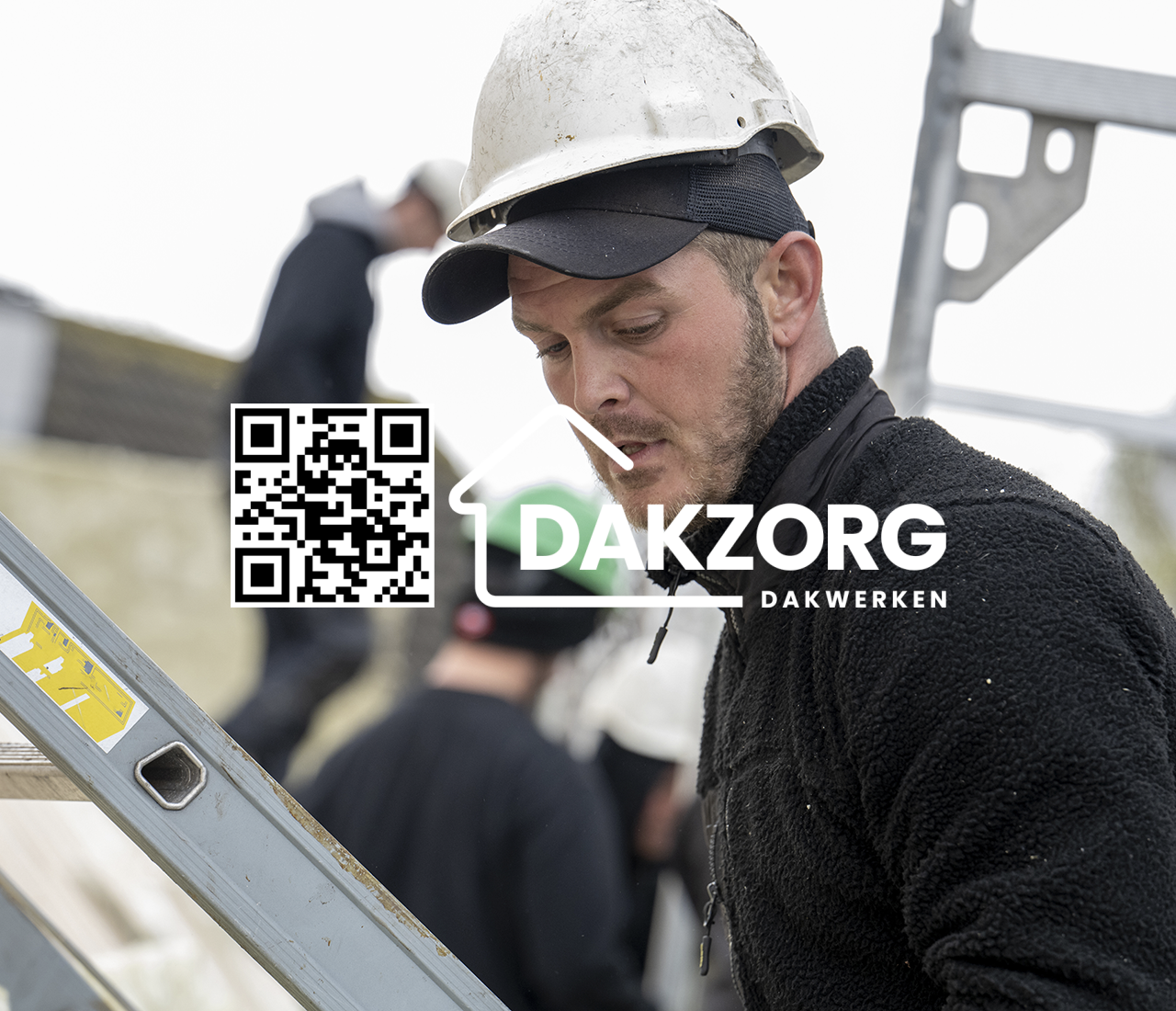Introduction
When you stroll through the picturesque streets of the Netherlands, you're often greeted by a stunning array of historic buildings, each telling a unique story of the past. From the iconic gabled houses of Amsterdam to the charming thatched roofs in rural villages, these structures represent an architectural heritage that is not only aesthetically pleasing but also culturally significant. However, maintaining historic roofs presents its own set of challenges. In this article, we will explore Maintaining Historic Roofs: Challenges and Solutions in the Netherlands, delving into the intricacies of preservation, restoration techniques, and how modern technology can aid in this endeavor.
Maintaining Historic Roofs: Challenges and Solutions in the Netherlands
The challenge of preserving historic roofs lies at the intersection of heritage conservation and modern requirements. As custodians of our cultural legacy, it’s essential to ensure that these roofs remain intact while meeting current safety standards and roofing environmental regulations. The unique characteristics of Dutch architecture—such as steep pitches for rain runoff or distinctive roof tiles—demand specialized knowledge in both repair techniques and material selection.
Understanding Dutch Architectural Heritage
The Importance of Historic Roofs
Historic roofs are more than just coverings; they play a crucial role in defining a building's character and style. They contribute significantly to local identity and tourism. Preserving them helps maintain community ties to history.
Common Types of Roofs in Historical Buildings
- Thatched Roofs: Popular in rural areas, offering excellent insulation. Gabled Roofs: Characteristic of urban architecture with their steep angles. Saddle Roofs: Commonly found on barns and older homes.
Challenges Faced in Maintenance
Weathering Effects on Roofing Materials
One major challenge is weathering. The Dutch climate—characterized by significant rainfall—puts immense pressure on roofing materials over time. Wooden beams can rot, thatch can degrade, and tiles can crack under persistent moisture.
Regulatory Framework for Preservation
Navigating regulations surrounding historic buildings can be tricky. There are strict guidelines to follow when undertaking any restoration work. Compliance with local laws ensures that changes made don’t detract from historical integrity.
Identifying Structural Issues Early On
Regular inspections are vital for early detection of issues like leaks or mold growth. Neglecting these signs can lead to costly repairs down the line.
Restoration Techniques for Historic Roofs
Material Selection: What Works Best?
Choosing appropriate materials during restoration is critical. Authentic materials help retain aesthetic value but may require more investment:
- Reclaimed Tiles: Ideal for matching original designs. Natural Thatch: Sustainable but requires expert installation.
Modern Innovations in Restoration Practices
Employing modern technology such as 3D modeling allows architects to visualize renovation plans before implementation. This aids in maintaining structural integrity while respecting historical aesthetics.
![]()
Hiring Qualified Professionals for Restoration Work
It’s essential to hire craftsmen skilled in traditional methods while also being knowledgeable about contemporary practices. The right team will ensure that restorations are both authentic and durable.
Community Engagement: A Shared Responsibility
Raising Awareness about Heritage Conservation
Local communities play a vital role in preserving history through awareness campaigns detailing the importance of maintaining historic roofs.
Involving Residents in Restoration Projects
Engaging residents fosters pride and ownership over local heritage sites. Workshops can educate homeowners about maintenance practices, promoting communal responsibility.
The Role of Technology in Preservation Efforts
Technological advancements have transformed preservation strategies:
- Drones: Used for inspections without compromising structural integrity. Moisture Sensors: Help monitor conditions within roofing systems to prevent decay.
Cost Considerations for Maintaining Historic Roofs
Budgeting for listen.hubhopper.com restoration projects requires careful planning:
| Item | Estimated Cost (EUR) | |--------------------------|---------------------| | Inspection Fees | 200 - 500 | | Material Costs | 50 - 150 per m² | | Labor Costs | 30 - 80 per hour |

While costs may seem high initially, investing wisely ensures long-term savings through reduced maintenance needs.
Environmental Considerations in Restorative Practices
As we face climate change challenges, eco-friendly practices must also be prioritized:
- Use sustainable materials whenever possible. Implement green technologies like solar panels discreetly on rooftops without altering their appearance.
FAQs
What are common materials used for historic roofs?- Common materials include clay tiles, slate, timber (for thatching), and metal sheeting depending on regional styles.
- Inspections should ideally take place at least once a year or after severe weather events to catch potential issues early.
- Modifications may be subject to local regulations; always consult with preservation authorities before proceeding with changes.
- Professional cleaning services use gentle methods like steam cleaning rather than harsh chemicals which could damage natural fibers.
- Yes! Various governmental organizations offer grants or subsidies aimed at helping preserve heritage sites across the Netherlands.
- Look for contractors specializing in historical buildings; check references or reviews from previous clients who undertook similar projects.
Conclusion
Maintaining historic roofs is no small feat; it involves navigating various challenges from weather impacts to regulatory compliance while ensuring respect toward architectural heritage. By understanding these complexities—and employing innovative solutions—we can preserve not only our beautiful skylines but also our rich cultural narratives embedded within them!
So next time you gaze up at those charming rooftops throughout your town or city, remember: they’re not just rooftops; they’re stories waiting to be preserved!
